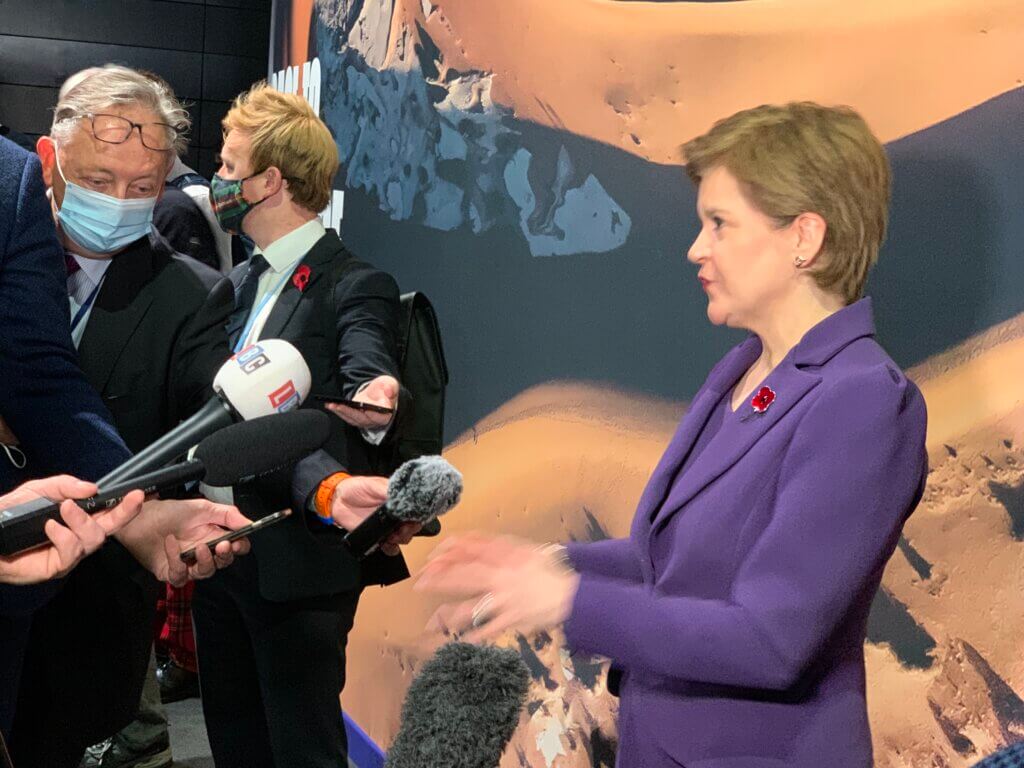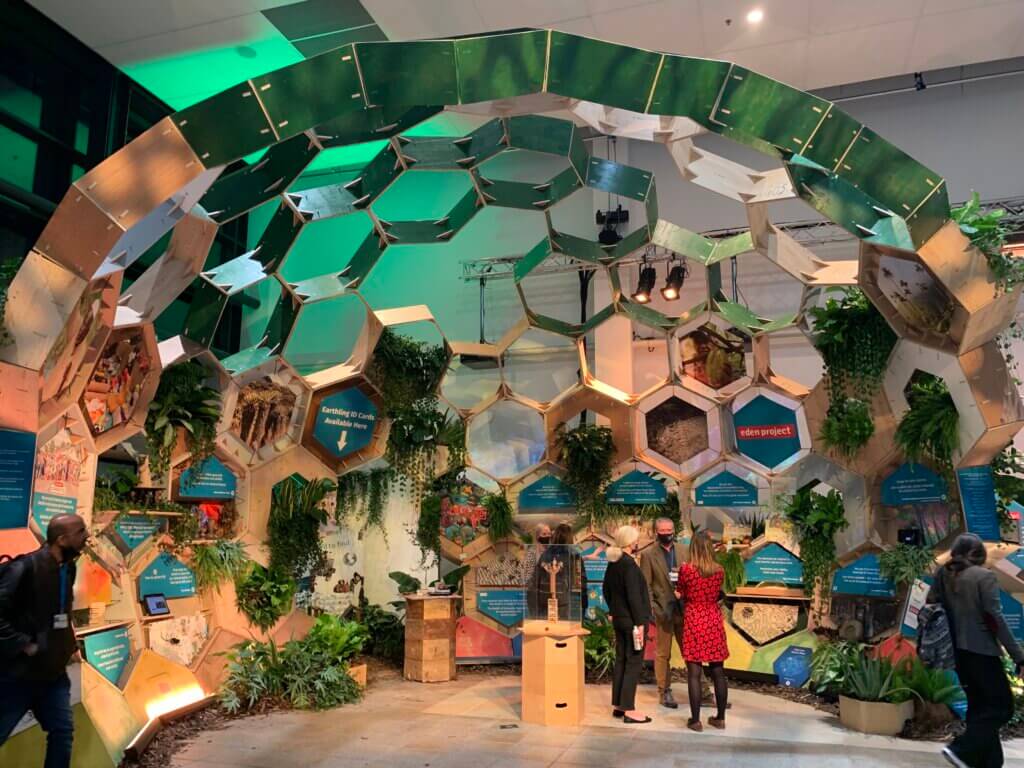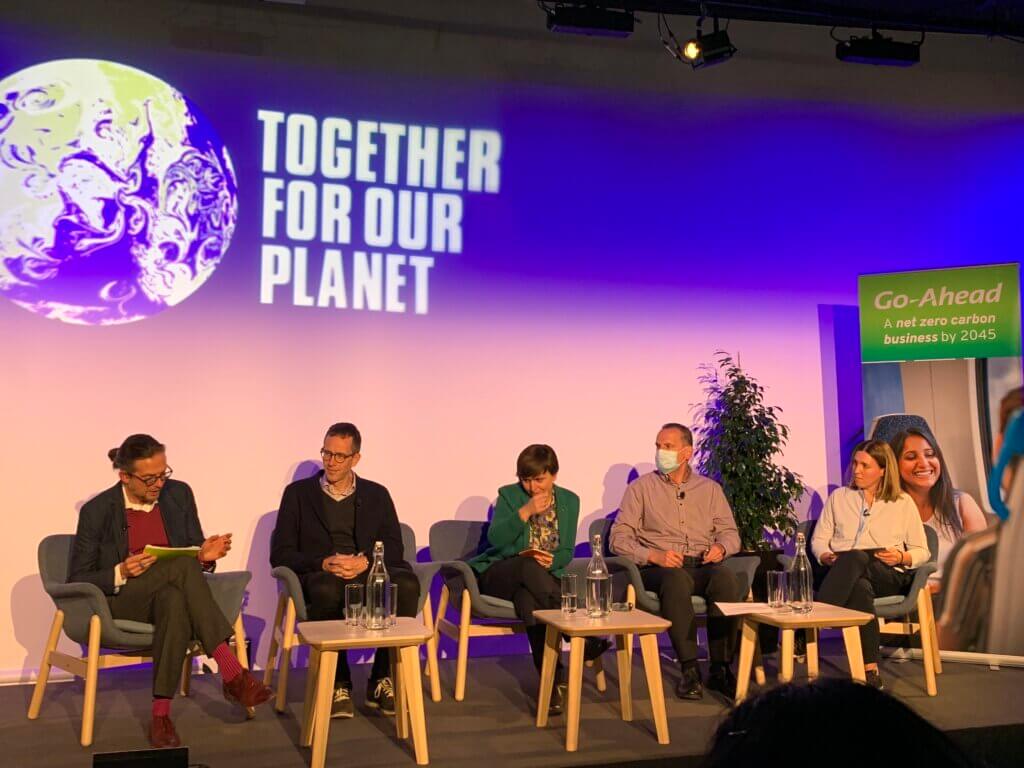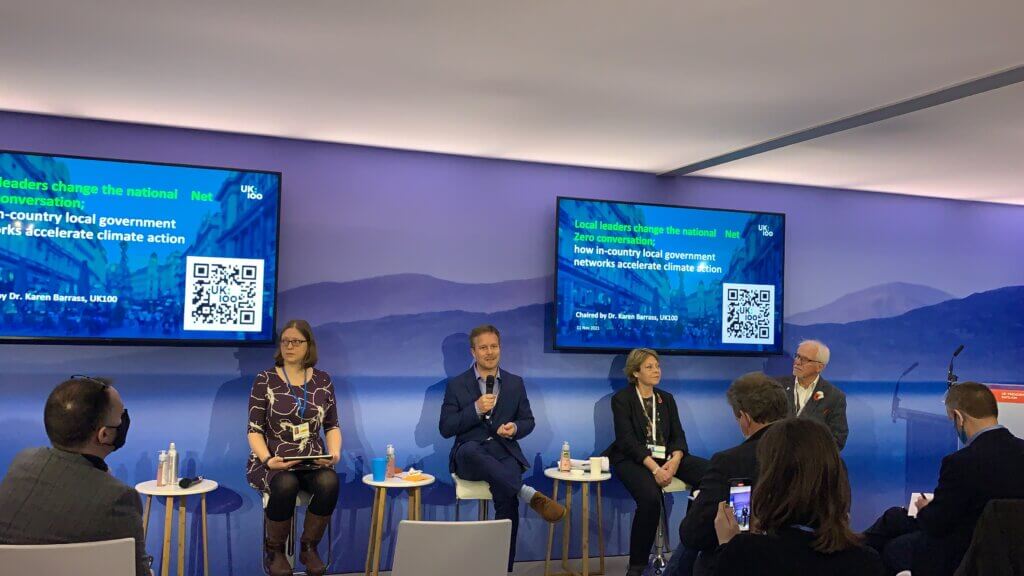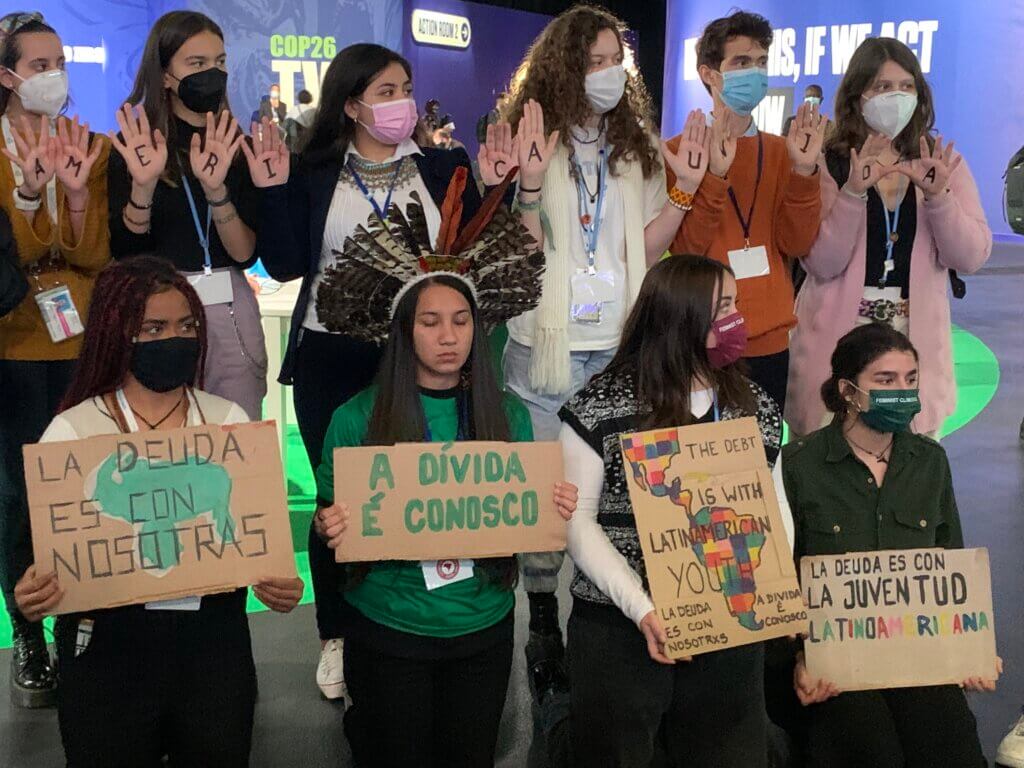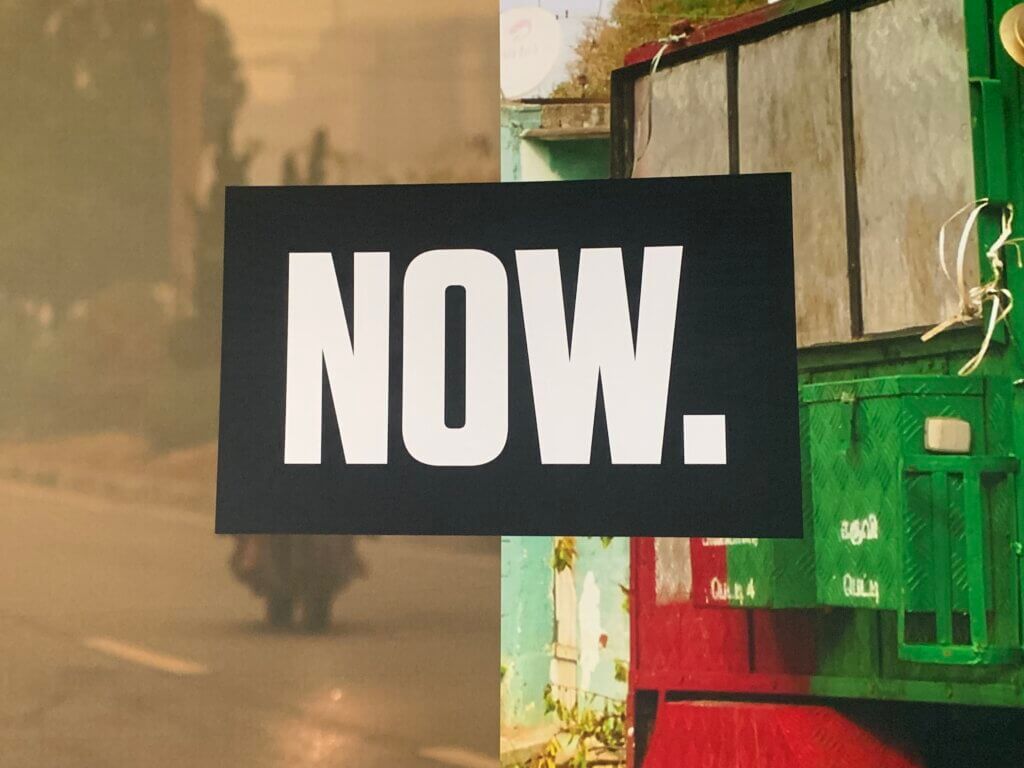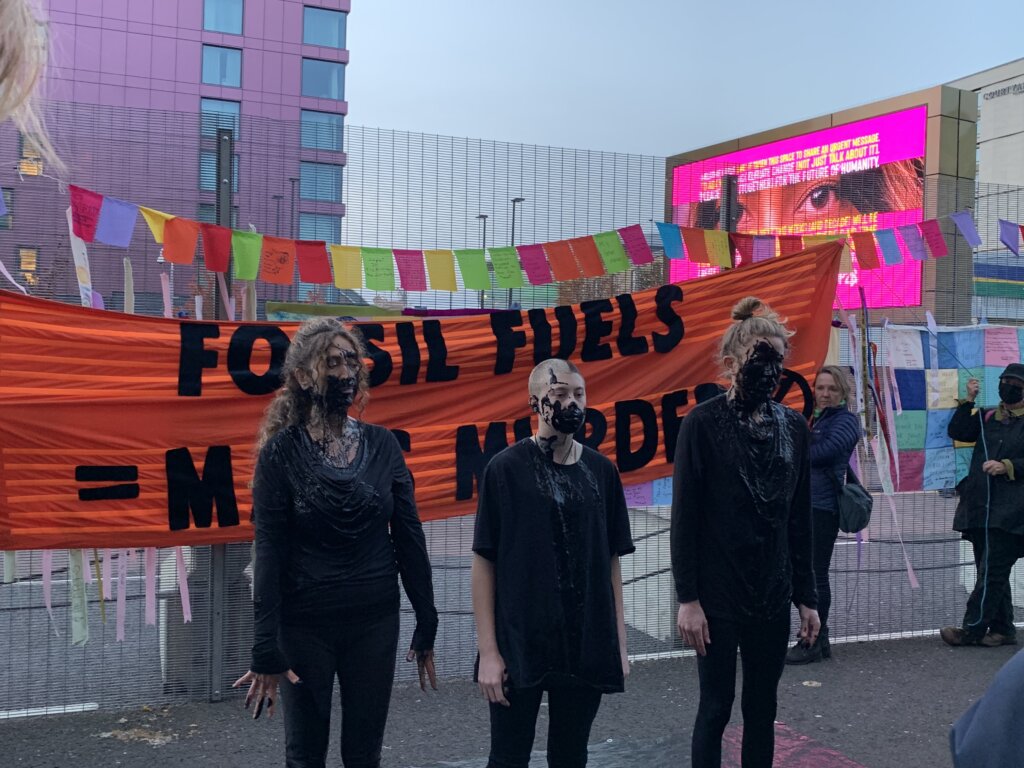conclusions from cop26
One week ago, the finishing touches were being made on the final COP26 agreement. The frantic final hours of COP26 were a distinct contrast to the carefully choreographed first days. A series of tense huddles that took place more than 24 hours into overtime finally produced the Glasgow Climate Pact that all countries were happy to sign. The number one question on everyone’s lips is now, ‘has COP26 been successful?’ so we’ve rounded up the key ups and downs from the conference.
Blue zone
The UN-controlled blue zone was where the critical negotiations between world leaders took place. Only those accredited by the UNFCCC (United Nations Framework Convention on Climate Change) could access this space meaning many countries and organisations were not represented. A combination of COVID restrictions and travel constrictions meant that two-thirds of civil-society organisations who usually send delegates could not travel to Glasgow.
Despite being slightly marred by chaotic queues for entry and pricy food and drink options, I couldn’t help but walk around, mouth half-open at the sheer amount of activity. One colossal room housed 101 pavilions from many nations, organisations and initiatives from across the globe. Some were rather elaborate, whilst others took a more straightforward approach. Those who had been to previous COPs said this one had the highest security of them all, and whilst I agree security was high, I had much more hassle getting into the green zone than the blue.
Ultimately I didn’t find the blue zone exceptionally well organised, and it quite often felt like walking up and down one gigantic corridor. However, the pavilions and people contributed to an inspiring atmosphere that had an air of action. It did feel as though most people there knew what we needed to do and were hopeful of renewed commitments.
“If working apart we are a force powerful to destabilise our planet, surely working together we are powerful enough to save it…In my lifetime, I’ve witnessed a terrible decline. In yours, you could and should witness a wonderful recovery.”
Sir David Attenborough
Coal is in there (but is it enough?)
One of the top priorities for many delegations was keeping the commitment to phase-out coal in the final agreement. For China, India and big developing economies, the compromise was accepting language around 1.5C, coal and fossil fuel subsidies despite concerns it could hinder their development. However, in the final minutes of the negotiations, ‘phase-out’ became ‘phase-down’ as India’s environment minister Bhupender Yadav forced a concession that repeated the language China agreed to in a bilateral deal with the US.
“We accept this change with the greatest reluctance. We do so only because they are critical elements in this package that people in my country need as a lifeline for their future,”
Tina Stege of the Marshall Islands told the plenary of her “profound disappointment” about the change
Moving away from coal, the first week also brought a series of declarations on various areas beginning with a pledge to end deforestation by 2030 on Tuesday and ending with an agreement on Thursday to phase-out coal-fired power between 2030 and 2040. Wednesday brought a commitment to reduce methane emissions by at least 30% from 2020 levels by the end of the decade. Whilst sounding extremely positive, questions remain as to the credibility of the pledges given all were agreed outside the main UN framework and not by all nations.
Yearly benchmarking will be unavoidable
By increasing the frequency of the COP summits, countries will no longer be able to make commitments and then drag their heels for five years or so. The Glasgow Climate Pact specifically asks countries to ‘come back in 2022 with stronger climate plans’, and if that means countries lack of action is more transparent, one can only hope it spurs quicker action.
The same can be said for the UK having year on year targets as many organisations have called for them, so it is easier to assess progress and create more realistic estimates.
Paris is finally finalised (does this bode well for speeding up action?)
A collective sigh of relief could be heard as the most contentious elements of the Paris Agreement rulebook were finalised. The fact that this occurred six years after the original deal was made is hopefully not indicative of how quickly governments think they can act going forwards.
“There is some discomfort. Well, if it’s a good negotiation, all the parties are uncomfortable. This has been a good negotiation.”
John Kerry, United States special presidential envoy for climate
No victory for climate reparations
One of the most disappointing things to be missed out of the pact is cutting the plan for a finance facility to help victims of the climate crisis. Western and developed nations managed to keep this off the table as they had been trying to do across the two-week conference. The subject of loss and damage (codewords for liability and compensation) has been one of the most contentious issues discussed at COP26. It raises the issue of historical liability in causing the climate crisis. Wealthy nations have consistently refused to accept liability or calls for compensation. Throughout the conference, the attitude that the EU and the US have not been negotiating in the best interest of vulnerable nations is popular among developing country negotiators. And with the final agreement leaving out any acknowledgement for a separate pool of money to address historical harms, this is unlikely to change.
However, Scotland made the first move, and Nicola Sturgeon, the first minister of Scotland, said Scotland would devote 2 million pounds, about $2.8 million, to address “structural inequalities.”
Beyond the Blue Zone – the power of protest and youth voices
Whilst a lot was happening in the Blue Zone, much of the action at COP26 was happening outside it. Protests took place all over the city and any space away from the Blue Zone, especially by the entrance, felt very tense. There was also a notable police presence around the entire city.
Protests culminated on the Friday and Saturday in the middle of the two-week conference. On 5 Nov, thousands of young activists marched through the streets of Glasgow demanding action on climate change from leaders at COP26. Campaigner Greta Thunberg, fellow activist Vanessa Nakate and other young campaigners spoke to crowds at the end of the march. The following day saw an estimated 100,000 marching through the city demanding more action in the biggest protest of the conference. Around 100 climate change demonstrations were held in other parts of the UK, while events also took place in another 100 countries, including Kenya, Turkey, France, Brazil, Australia and Canada.
“The climate and ecological crises are already here. But so are citizens from around the globe. Leaders rarely have the courage to lead. It takes citizens, people like you and me, to rise up and demand action. And when we do that in great enough numbers, our leaders will move.”
Vanessa Nakate, Ugandan activist
These protests were incredibly powerful, especially given the platform it gave to indigenous activists who have repeatedly said they were not heard in the Blue Zone and kept out of crucial negotiating rooms.
“Indigenous people are more visible but we’re not taken any more seriously; we’re romanticised and tokenised… They’re trying to collect and preserve indigenous knowledge while continuing to leave us out of the actual decision-making and positions of power. It’s the only lever we have to hold states and governments accountable, but it’s the same paternalistic system as ever. We’re set up to fail, so that’s where civil society must come in.”
Eriel Deranger, executive director of Indigenous Climate Action
This feeling climaxed in a walkout protest on the final morning of the summit. Indigenous people, representatives of farmers and environmental NGOs were joined by the audience at the People’s Plenary in the conference blue zone to hear speakers condemn the legitimacy and ambition of the 12-day summit.
Overall, there are many positives to take from COP26, but we will only see how seriously countries are taking their commitments if tangible changes are realised.
 News story
News storyCatch up on COP26!
The most significant climate conference in the world may be over, but that doesn’t mean you can’t catch up with the many events that took place over the two weeks. If you missed it, our CEO Barbara Hammond took part in a panel event: ‘How communities can coordinate and collaborate to play a more active…


